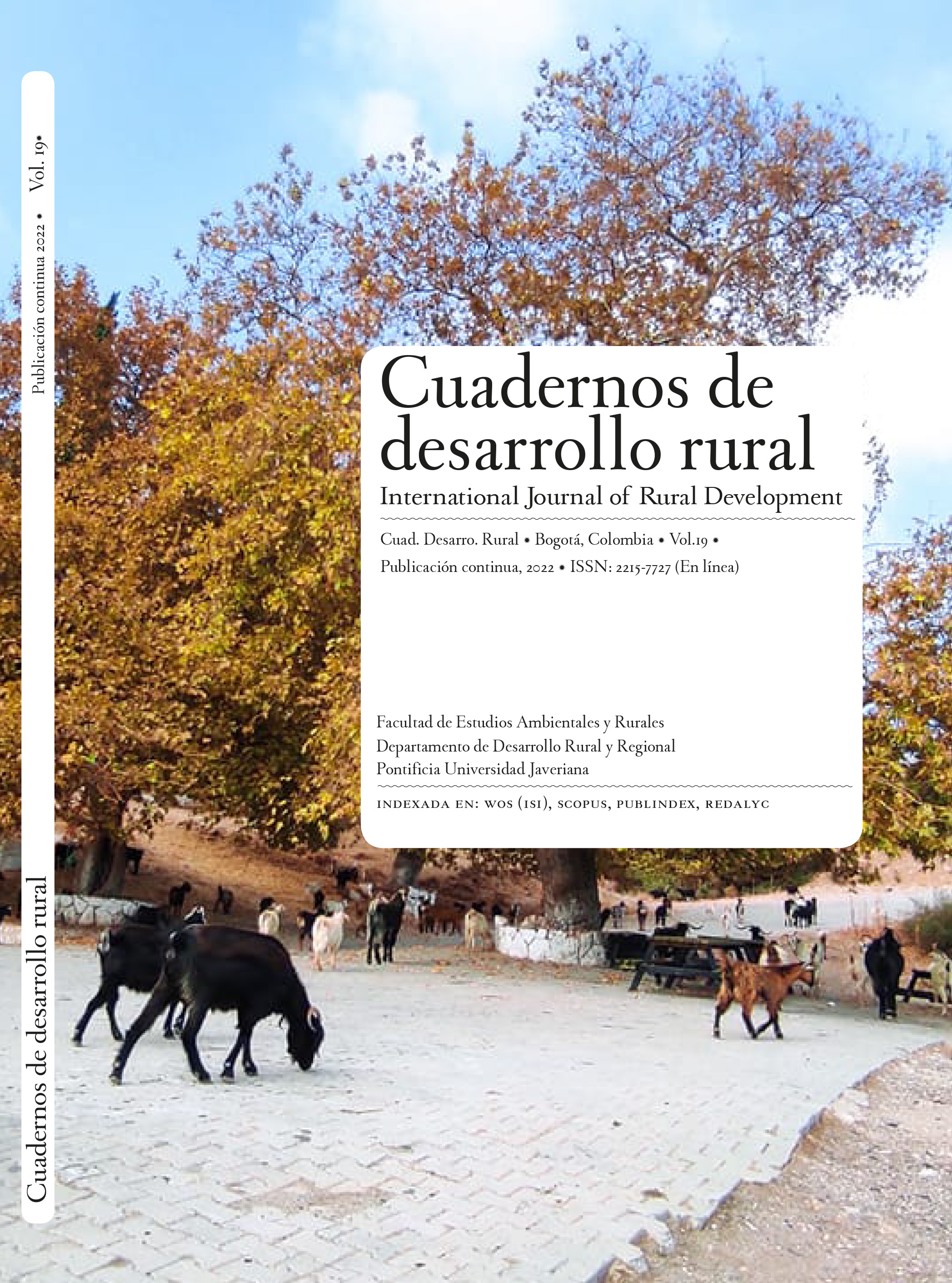Abstract
This paper proposes a new typology to analyze trends among family and nonfamily farms in the Brazilian Amazon between 2006 and 2015. We highlight two opposite trends: a decreasing number of family farmers linked to commercial production; an increasing number of family farmers dedicated to subsistence agriculture. We discuss two main factors that help to explain these trends. First, the official legislation limits the total income obtained outside the farm to be eligible for public policies targeted at family farms. Second, family farms that are still strongly labor-intensive have faced severe difficulties in a competitive and dynamic agricultural sector that emerged in Brazilian Amazon.

This work is licensed under a Creative Commons Attribution 4.0 International License.
Copyright (c) 2022 Alexandre Gori Maia, Carlos Alves do Nascimento, Alexandre Gori Maia


